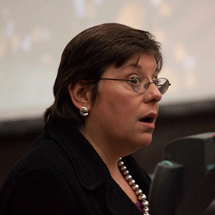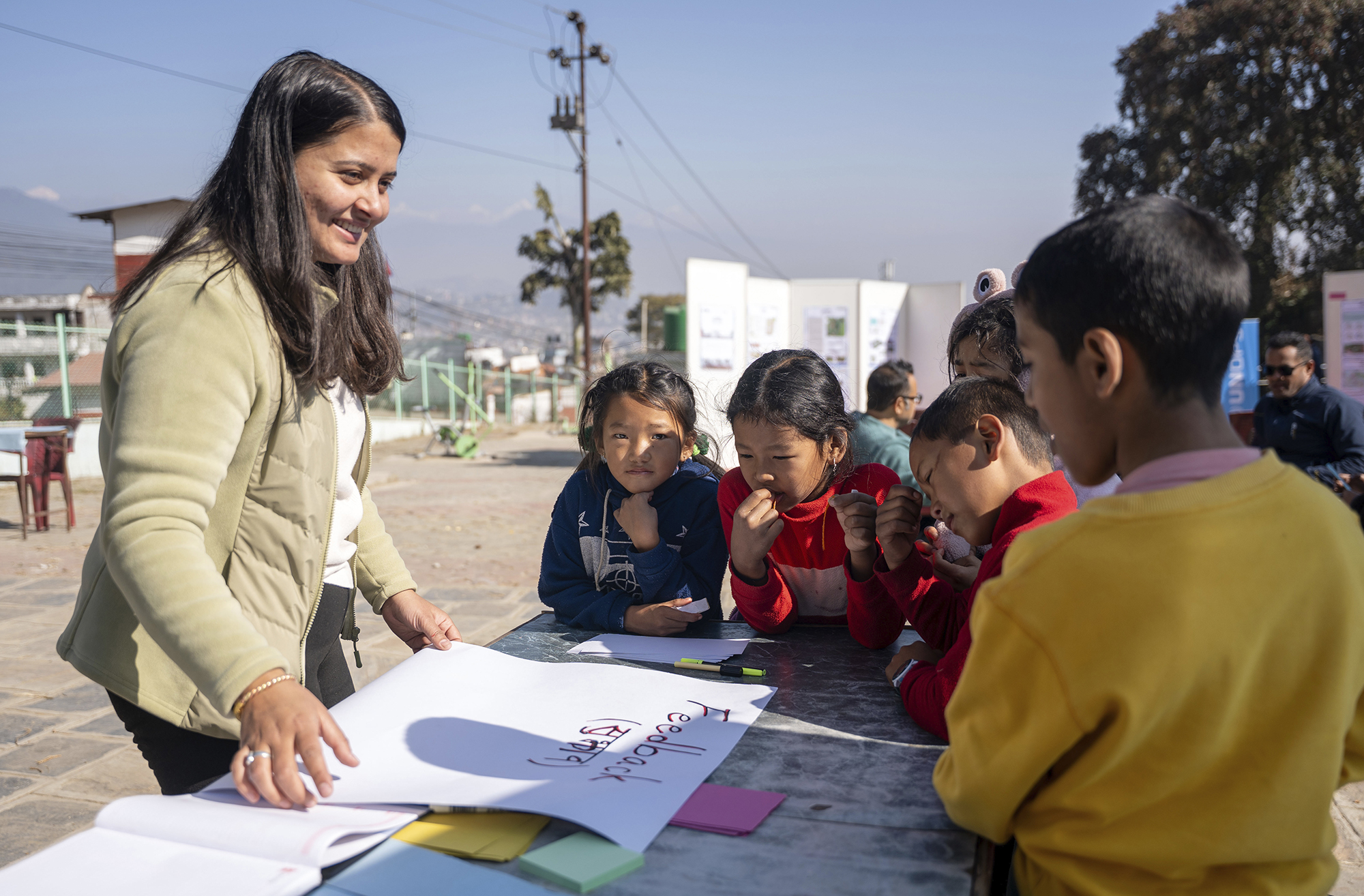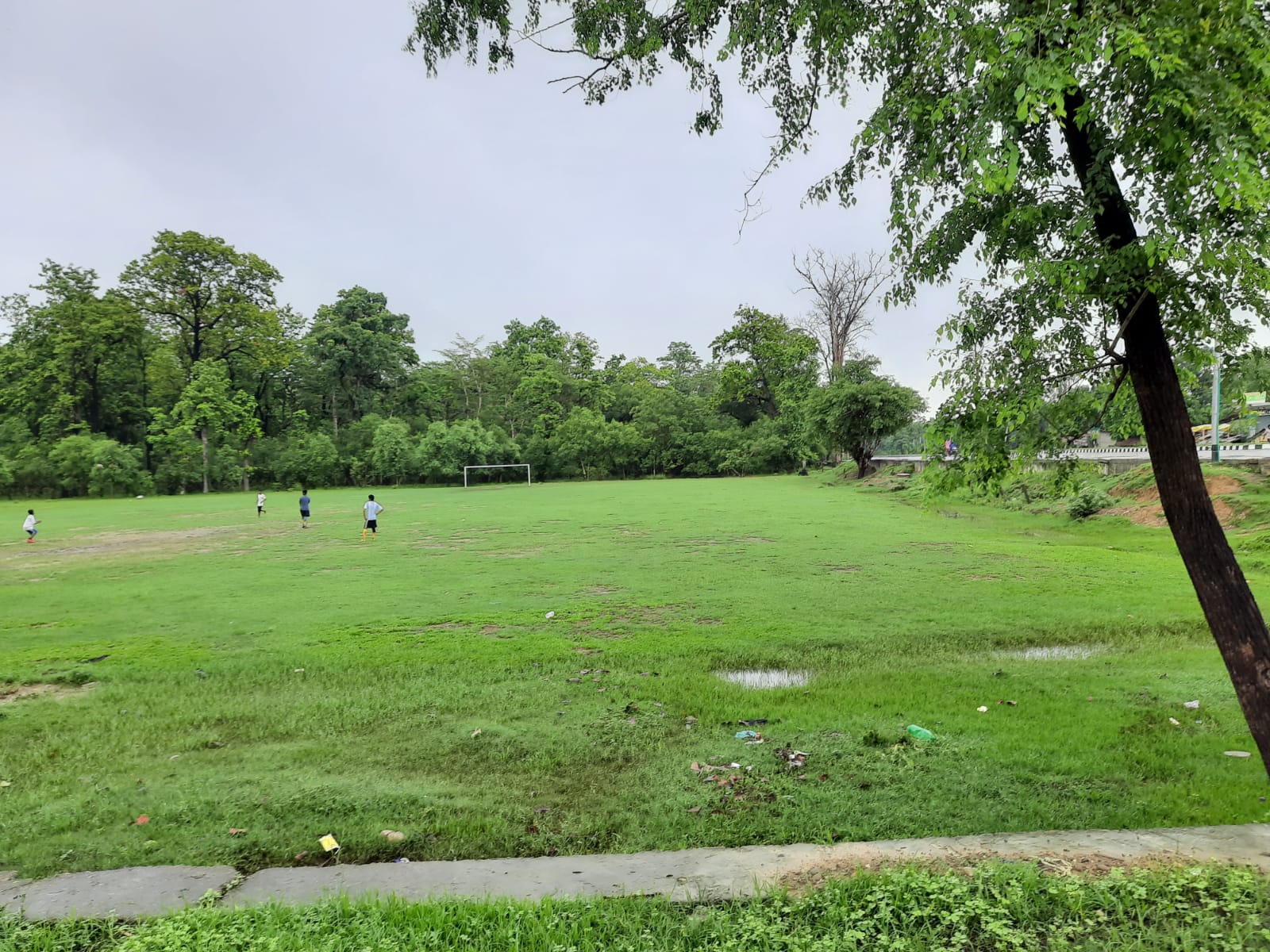By Zoe Fox
North by Northwestern

“I always saw that visual of a mom bathing her kid in a bin,” said Sierra, Vice President of Sustainable Development for the World Bank. “What you see as a child sticks with you. It drove all my studies.”
Sierra addressed Northwestern students as well as 40 delegates from 27 other universities in Leverone Hall on Thursday. Her keynote address, “Empowering Hope: Cities, Slums and Human Rights,” marked the opening of the seventh annual Northwestern University Conference on Human Rights.
This year’s three-day conference, “Urban Slums: The Shadow of the Humanitarian Generation,” brings together college students from across the country with non-profit workers, policy makers and academics.
“We want to provide the delegates with a more systematic way of thinking about slums,” said Weinberg senior Diana Nielsen, co-director of NUCHR.
Sierra began by contextualizing the reasons to confront urban slums, pointing to the catastrophic state of Port-au-Prince following last week’s earthquake.
“Slums are the most vulnerable part of cities,” Sierra said. “These are slums that were denigrated and these slums just collapsed.”
Regional context is necessary to define an urban slum. What’s considered a slum in Chile is middle-class housing in Kenya. Slums are built in marginal lands outside of the mainstream city, without zoning laws or building codes. Sixty-two per cent of Africa’s residents live in slums. The urban poor live on as little as two dollars a day.
Slums form due to increased job availability in cities and policies restricting affordable housing. Of the over 13 million residents of Mumbai, more than half live in slums. Policy makers’ decision to restrict building size in order to maintain lower population density resulted in the sprawl of urban slums.
Sierra showed a video clip featuring the ingenuity of Bangkok’s urban poor in the face of hardship. The city residents created a market that unfolds over the train track when cars are not passing because no other affordable space was available for their small businesses.
When confronting the difficult problem of the slums, Sierra presented forced evictions as the most egregious violation of human rights.
“Policy makers think the solution to slums is to get rid of them. Think about it, you’ve struggled; you’ve done what you can to get your house built; then one day a bulldozer comes and knocks it down. That’s a huge blow to your spirit.”
The World Bank’s new urban programme points to the lessons of the past in order to build strategies for combating urban poverty. Their focus is on the individuality of each city, its residents and their needs.
“Look at people as an asset, not as a problem. If you go after this as a problem, you’re not going to be contributing very much.”
In a video clip, Jockin Arputham, president of Slum Dwellers International agreed, “As long as you think we are the problem, nothing will occur. We are the real change agent.”
This article was first published in North by Northwestern on 22 January 2010.




